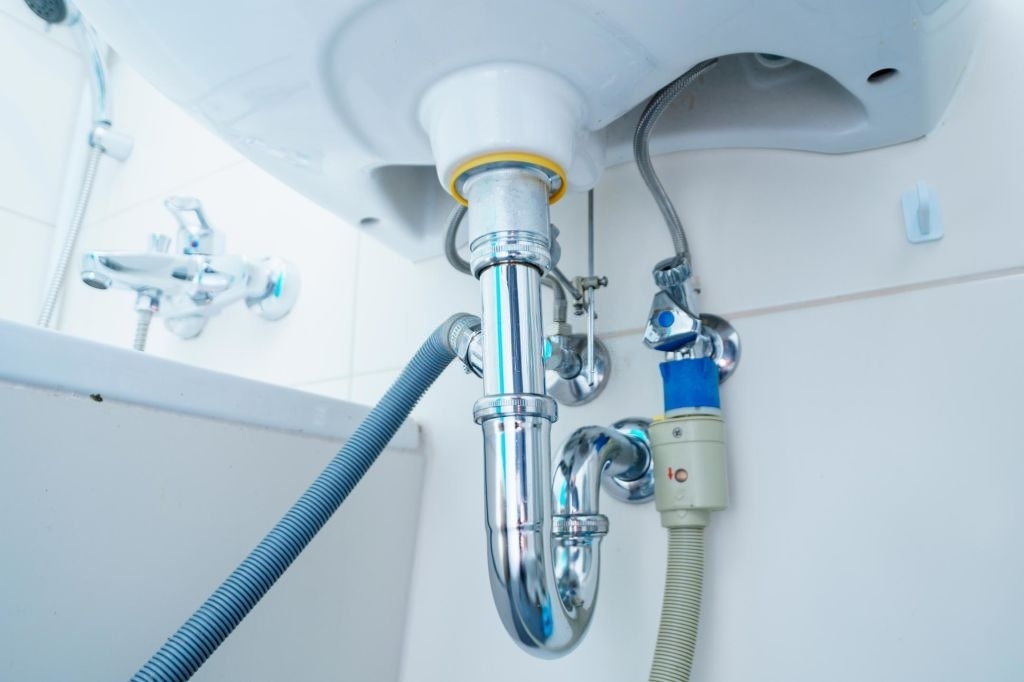As a healthcare professional, your daily priorities should centre on providing for your patients and seeing to their other medical needs. Having effective administrative systems in place is just as important as providing excellent treatment to patients if you want to maintain a successful practice.
Managing patient payment solutions and invoices is a difficult process. Insurance policies differ in their coverage and deductible amounts, making it difficult to keep track of what each patient must pay.
How do you intend to go about billing and collecting from patients? Having a well-thought-out system in place to aid in keeping track of everything and maintaining a steady flow of work is crucial. The results of these efforts will be better cash flow management and more financial stability for your medical firm.
If you’re having trouble figuring out how to collect patient payments at the time of service, here are some suggestions that may assist.
1. Create A Policy For Upfront Payment:
Your business should have a policy in place that requires patients to pay in full before service is rendered. The financial obligations of your practice can be communicated to patients through a payment policy. The policy needs to address the following issues:
- Patients with insurance are responsible for paying their share of the bill as well as any deductibles or coinsurance amounts. Patients without health insurance are expected to pay the whole cost of their care.
- When bills must be paid – Payments (including deductibles and co-payments) must be made at the time of treatment.
- The policy should inform patients of the steps the medical facility will take if payment is not made at the time of service. Sending invoices to a collection agency is the most usual and effective punishment.
- Methods for patients to make payments – Explain all the payment options (credit cards, debit cards, cheques, etc.) to your patient.
2. Information:
If your employees don’t know how much they should be asking for, they can’t expect to get paid. The cashier should be able to explain the full cost of the visit and what percentage of it is due. The cashier could be hesitant to ask for payment if they don’t have this info. In some cases, your company office may ask the patient to pay more than what is due and then refund the difference.
A time of service payment statement detailing the patient’s charges, payments, adjustments, and any outstanding prior balances should be provided to each patient by the cashier upon request for payment.
3. Let Customers Pay Using A Variety Of Options:
The more methods of payment you allow, the more probable it is that you will be paid on time. This is especially important if you are collecting money from the patient at the time of service, when the patient may only have a few options for paying.
It will be more convenient for your patients to pay if you accept a variety of payment methods (credit cards, debit cards, checks, cash, and even digital payments like Apple Pay). That’s really necessary if you want to get paid promptly.
4. Prepare Your Team For Difficult Conversations:
Make sure your employees are ready to have tough discussions about patient payments with those who need them. At first glance, this could be rather intimidating for your staff. After all, nobody wants to break bad financial news to a patient while they’re receiving life-saving treatment.
However, things will go more smoothly if your staff members are well-prepared for these talks. Think about providing staff with scripts to follow when dealing with delicate matters, and always be on the lookout for signs that more support is needed.



